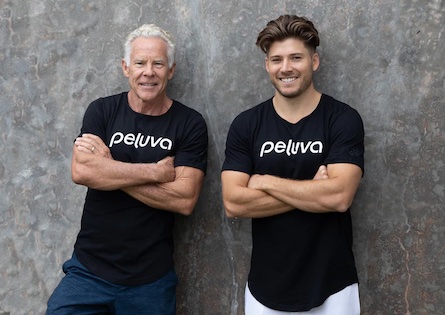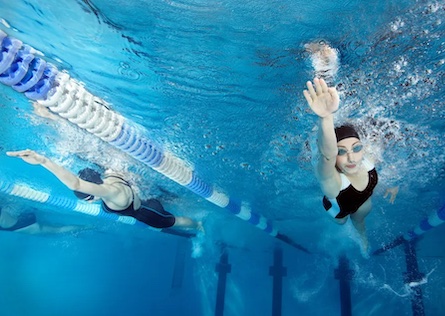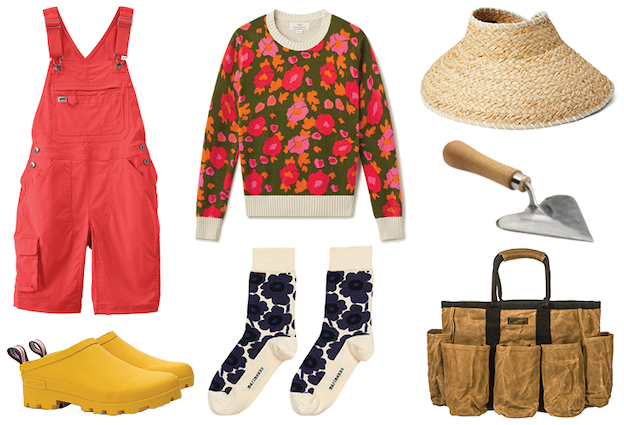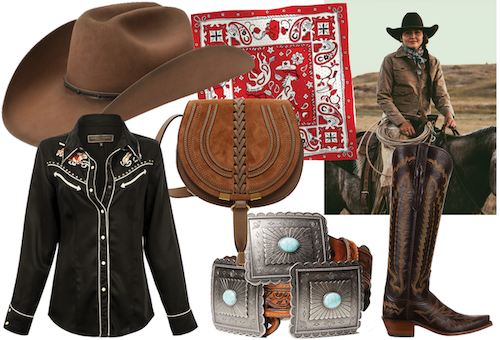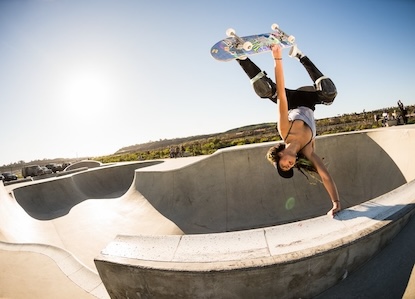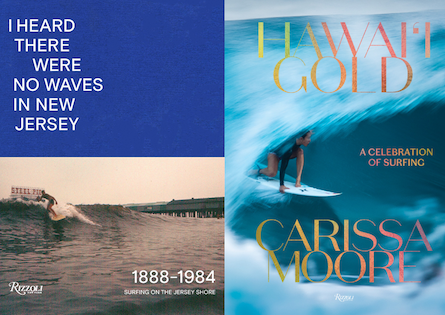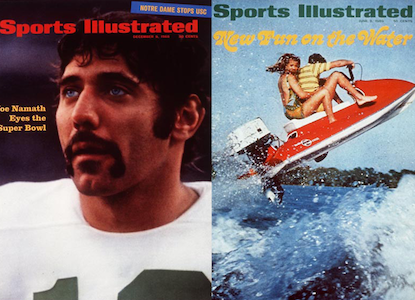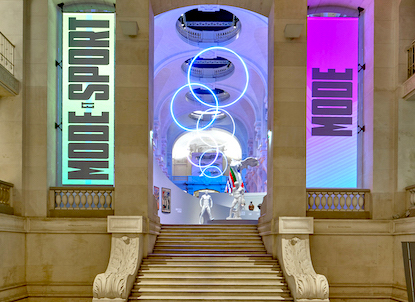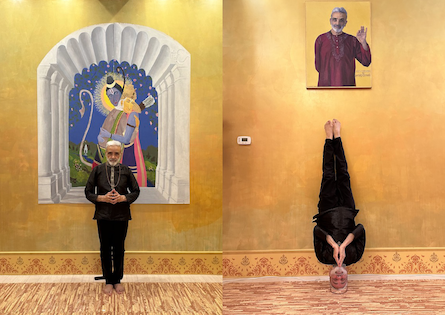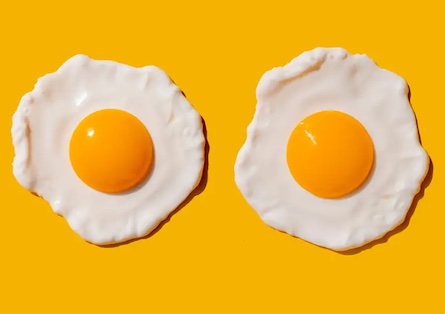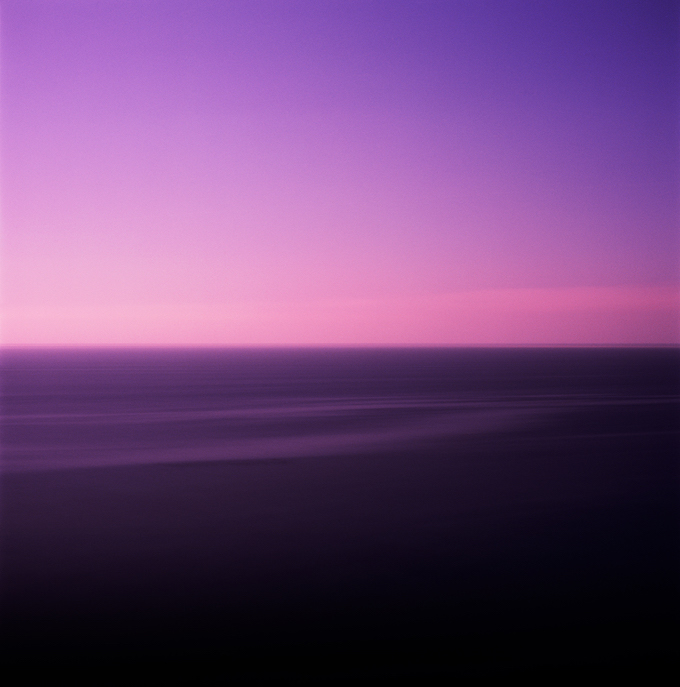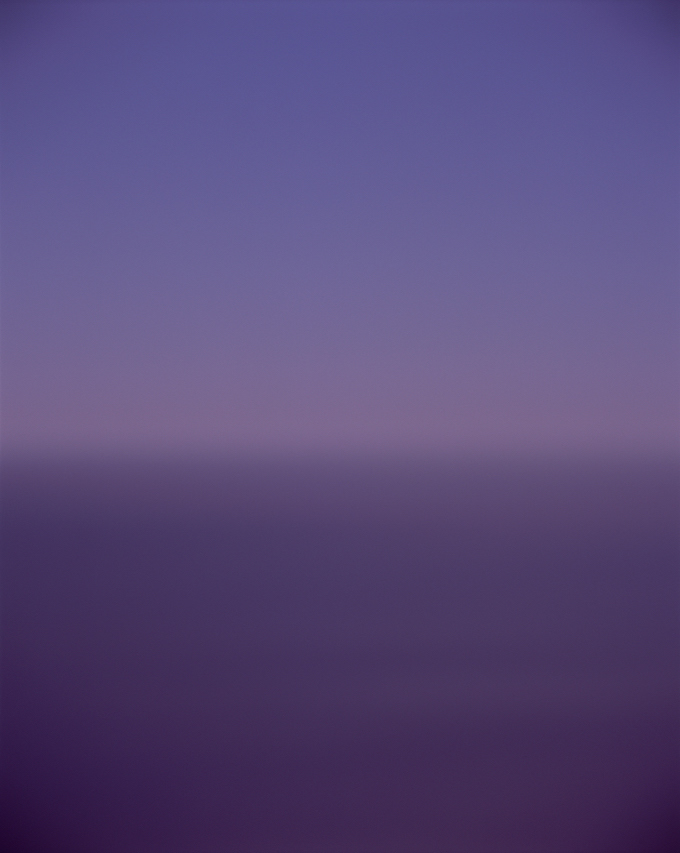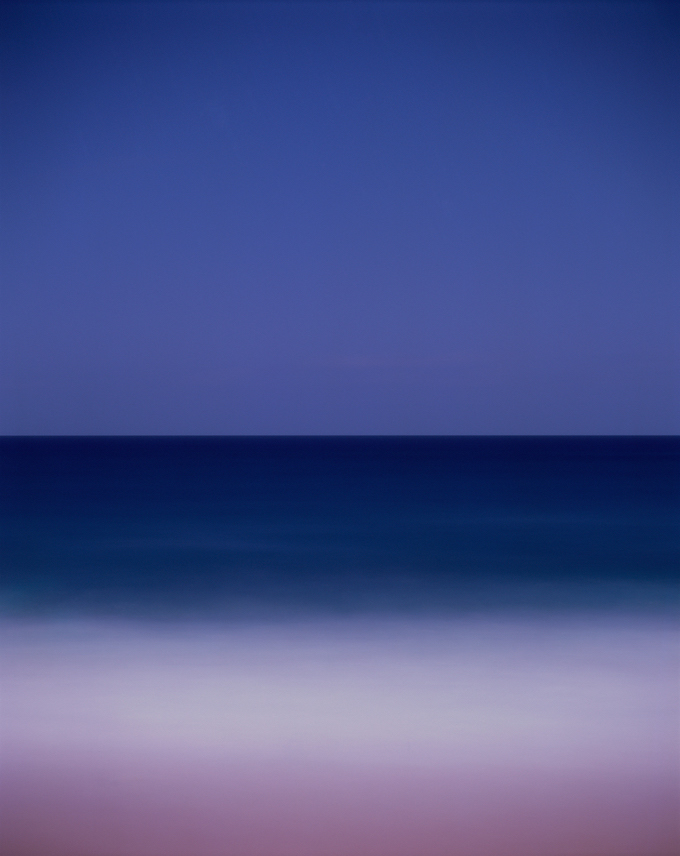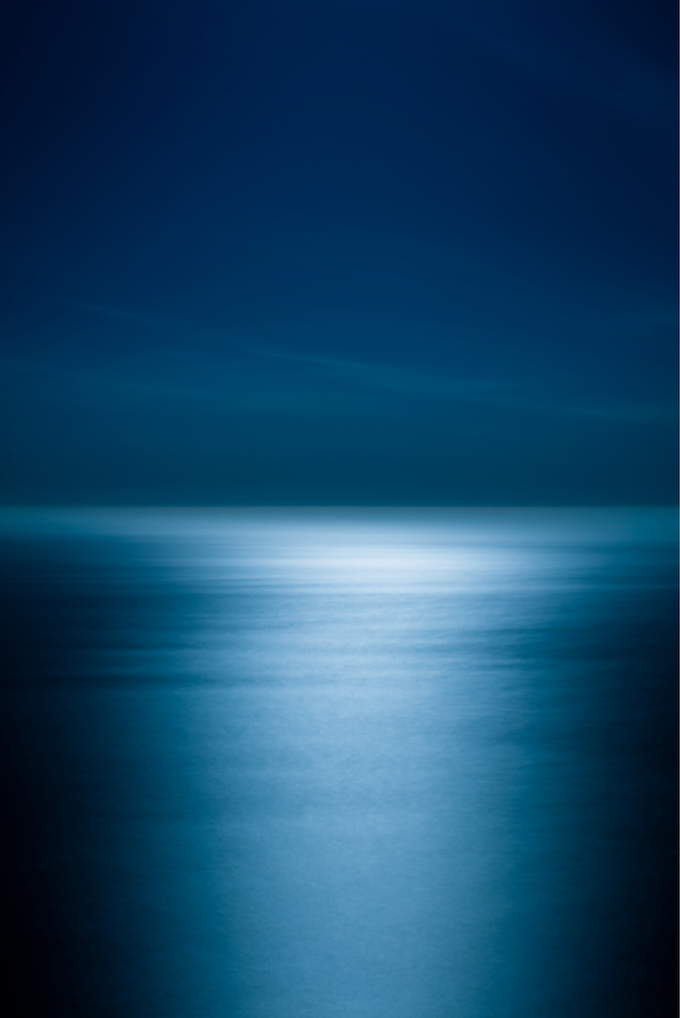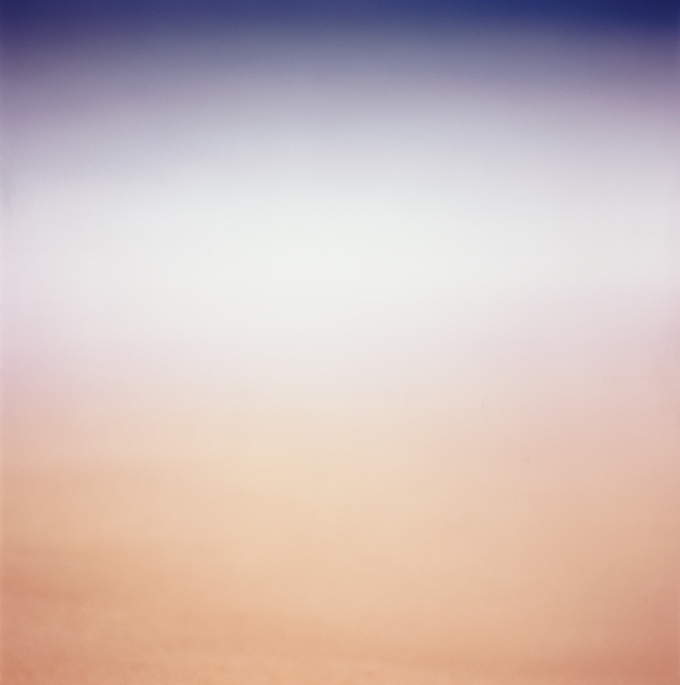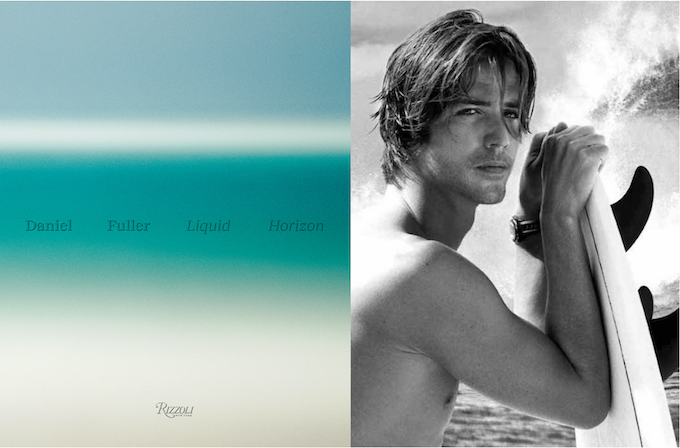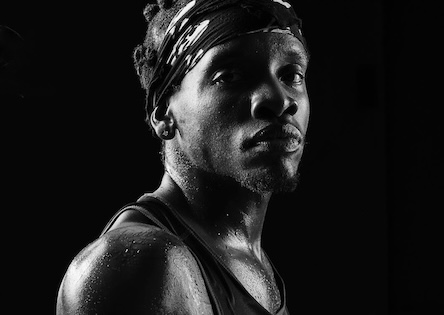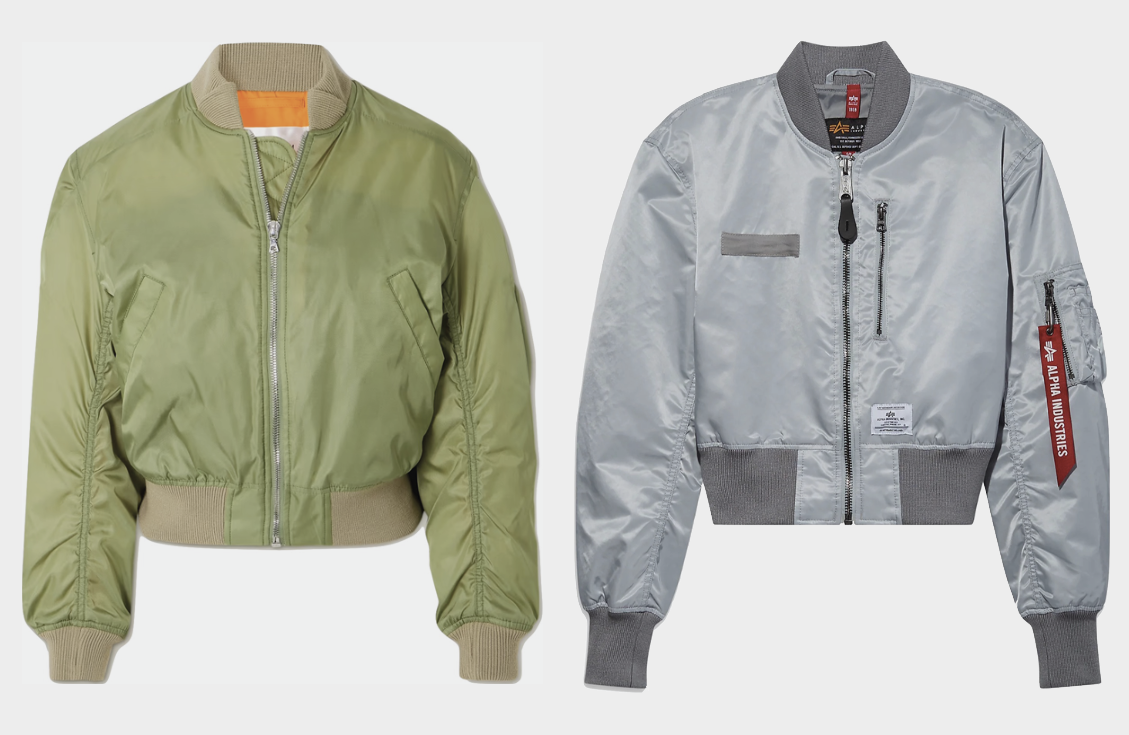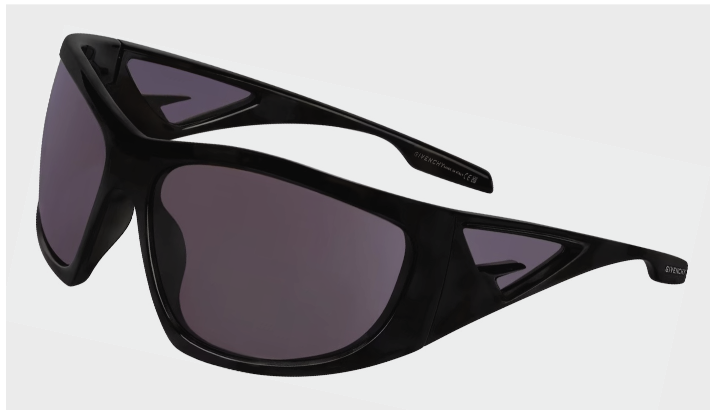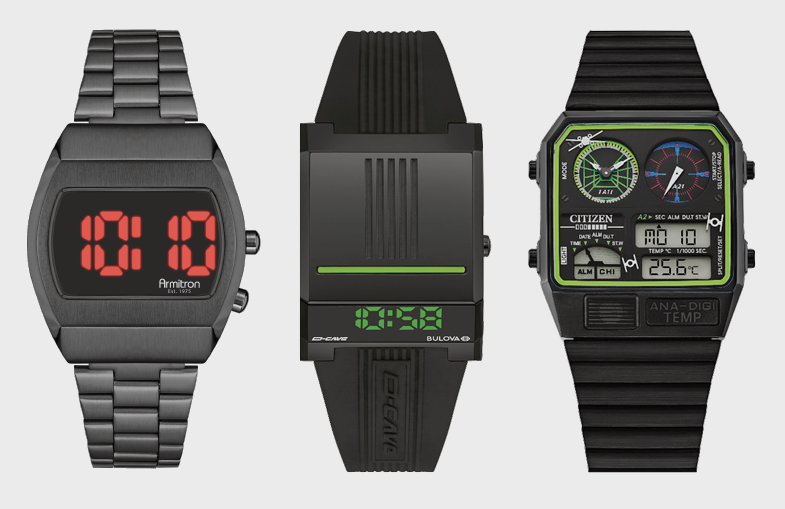Born and raised in Kauai, surfer and photographer Daniel Fuller has spent his life in, on, and surrounded by water. He is regarded as one of surfing’s preeminent big wave riders. Fuller has become a lauded photographer as well. It is no surprise his images focus on the ocean, captured in an ethereal and mystical way. His intimate connection with the aquatic world brings a unique perspective to his photography, now published for the first time in Liquid Horizon: Meditations of the Surf and Sea. This retrospective showcases an opulent collection of abstract seascapes created from 2007-2020.
Fuller’s nocturnal images of waves and water are photographed evocatively by moonlight with slow exposures. While soulful, they exhibit a creative discipline, repeating and evolving a single idea over time. As art writer and gallerist Adam Lindemann describes in the preface, “The ocean and the shore are abstracted beyond recognition, to the point that what we see is just color; the composition is a transition from one to the other — dry land merges into the water and the image becomes a part of the liquid experience.”
Whether on a surfboard or with a camera, there are both similarities and differences in how Fuller captures a wave. We spoke to him about his process and vision, and the expression of his experience with the ocean into his art…
STYLE OF SPORT: While you are one of the most well-known surfers, many might not know your work as an artist. I only just discovered it in this beautiful new book of yours. When and how did you start getting into photography?
DANIEL FULLER: I started traveling the world when I was about 16 or 17 years old for surfing. At first it was really just a form of documentation of my travels… people. places and things. I was surrounded by so many incredible photographers and cinematographers, being the point of interest in front of their lens, and I started to become more interested in the medium inspired by so many of these masters of the trade.
SOS: You say you documented your travels but your images are so abstract. They are very impressionist as opposed to documentary. I am wondering about that transition into a more artistic approach.
DF: I started to see the art form of photography as painting with light. That’s when the real experimentation and interest took off for me. I was in this free environment of curiosity. I wasn’t in a formal art school, but I was surrounded by so many incredible and influential mentors. I was not restrained by any form of ‘this is how it has to be’. Who was to say what was right and what wasn’t? It enabled me to have the freedom of a child, and I explored through trial and error.
SOS: Who were some of the photographers who inspired you and were mentors to you? I know you did a lot of modeling as well. Was it surf photographers? Fashion photographers?
DF: It started out in action sports primarily, surfing and working with these incredible cinematographers and photographers like the great Sonny Miller and Jeff Hornbaker. I did a fair share of modeling, so I was also in this cross pollinated space where I was working with some of the greatest fashion photographers. I can’t deny the money was really good, but I didn’t enjoy being a male model. What got me through was my fascination with what these photographers were doing. That admiration and interest opened up a whole other chapter of mentors. I was just so fascinated by all the different aspects of the medium. I knew I was passionate but I wasn’t sure what I ultimately wanted to do with it. Over time there were different things that spoke to me.
SOS: Who were some of the fashion photographers you liked working with and whose art you appreciated?
DF: I had worked with Mario Testino several times since I was a kid, and there was a moment I thought I could become a fashion photographer. I also really respected the trade. I was working with Robert Maxwell and I began expressing interest to him and a few others that I’d like to get some hands on experience and start assisting. I will never forget Robert looked at me and said, “You’re not an assistant, you’re an artist. You need to freely and confidently go in the direction of whatever it is that you want to do.”
SOS: Obviously your work is inspired by and captures images of the ocean. You grew up in Kauai surrounded by water and are a surfer. Surfing is so fast, especially on these massive waves you ride. You have to react so quickly and what’s so interesting about your images is that with the long exposures you’ve completely slowed the water down. I’m interested in that connection with how you surf a wave vs. how you photograph a wave.
DF: As an artist we find these points of interest or inspiration that we want to investigate. In the beginning phases, we’re not quite sure why we’re doing what we’re doing, but there is something we want to explore. I began to find the ocean was this reoccurring theme for me. If there was anything I was truly confident about, that was genuinely authentic to me, that I was willing to get behind and put out there as an artist, it always had to do with the ocean. I’ve had this interaction and relationship with the ocean since I was a child. It is an infinite space and life force that I’m continuously drawn back to. My objective as an artist was to bring the essence of that life force to the image. For a long time I kept things separate: Danny Fuller the surfer, Daniel Fuller the artist. Over time I found the parallels of the two, and I realized there really was no separation. It was ultimately about this ongoing relationship I have with the ocean and sharing that with the viewer.
SOS: Being a surfer brings a unique perspective to your photography. What’s interesting is the images are experiential yet still abstract. Your work is done at night and with a very long exposure, which creates that effect. Tell us about your actual process.
DF: For the last 10 years, the majority of the work has been shot on a Hasselblad or Pentax 6×7. Being as I’m dealing with allowing the natural elements to execute this painterly performance, there is no better option than to do it traditionally through analog format. Depending what I’m ultimately looking to achieve, what I’ve realized over time is that with conceptual photography, the camera is acting like a tool, and to some extent is a capacitor of time. At night is when the shutter is wide open for a duration of time. Less is more, so the more patient I can be, the more depth it adds to the images.
SOS: The intro talks about your experience with psychedelics. Adam Lindemann also writes in the preface about Timothy Leary, who did so much experimentation with drugs and was also a surfer.
DF: Alternative states of consciousness are something that are very present and a part of surf culture, and were especially so during my time and my upbringing. I did quite a bit of experimentation myself. There is an energy that surrounds us all. Some is visible, but a lot of it is invisible to the naked eye. Through my process, I’m believe I’m capable of bringing that essence of the invisible to the naked eye.
SOS: Tell us about the book, Liquid Horizon: Meditations of the Surf and Sea, and how it came to be.
DF: It is the full scope of work that has been exhibited, but the majority of it has never been seen by the general public. It is the complete representation of my work and myself as an artist. Right now we are living in interesting times. Originally the book was tied together with several exhibitions, but I’m just really thrilled that this is going out there, and people can experience my work on this scale. I have never done a project of this magnitude or realized what an undertaking it would be. There was many a moment when I was thought it was not the time because of Covid. But I have to take step back and realize the book actually happened, and give myself a pat on the back. Thank God I actually had this time to make it the best it could possibly be, to think about someone who is familiar with my work, but also what that visual experience would be from front to back for someone who is not. So I really couldn’t be happier with he finished product.
SOS: Well, you should be. It’s beautiful work, beautifully presented. Congratulations!
DANIEL FULLER LIQUID HORIZON
Foreword by Julian Schnabel / Essay by Adam Lindemann / Afterword by Gerry Lopez
Published by Rizzoli


